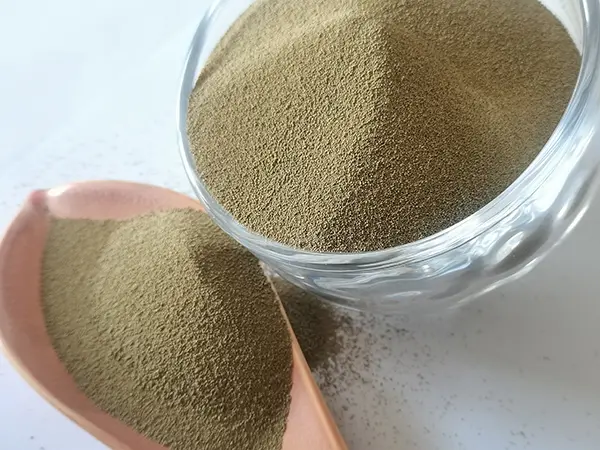The Versatility and Benefits of Ceramsite in Modern Construction
In recent years, ceramsite has emerged as a versatile and innovative material in the construction industry. Made through the process of heating clay or industrial waste to high temperatures, ceramsite is lightweight, durable, and has excellent thermal insulation properties. This article explores the various applications of ceramsite and the advantages it offers over traditional construction materials.
One of the primary uses of ceramsite is as an aggregate in lightweight concrete. This concrete is particularly beneficial in situations where reducing the overall weight of the structure is crucial, such as in high-rise buildings and bridges. The lower density of ceramsite concrete not only decreases the load on supporting structures but also enhances insulation. As a result, buildings constructed with ceramsite aggregates experience lower energy consumption for heating and cooling, contributing to sustainable building practices.
Beyond its role in lightweight concrete, ceramsite is also employed in the production of bricks and tiles
. Ceramsite bricks are advantageous due to their porosity and lightweight nature, enabling quicker and more efficient construction processes. Additionally, these bricks have excellent thermal properties, helping to regulate indoor temperatures and improve energy efficiency in buildings. Tiles made from ceramsite are not only aesthetically pleasing but also offer durability and resistance to weathering, making them suitable for exterior applications in various climates.ceramsite

Another significant application of ceramsite is in landscaping and gardening. The material is often used in the production of lightweight soil substrates, which allows for better drainage and aeration in plant roots. Gardeners and landscape designers appreciate ceramsite’s ability to retain moisture while preventing root rot, making it an ideal choice for potted plants and vertical gardens. Moreover, its lightweight nature eases the burden of transporting and installing large garden features such as retaining walls or planters.
The use of ceramsite in water treatment is another notable application. Ceramsite has a high surface area and porosity, making it an excellent medium for biological filtration processes. In wastewater treatment facilities, ceramsite can support the growth of microorganisms that break down contaminants, thereby purifying water more effectively. This method is not only efficient but also environmentally friendly, as it helps reduce the reliance on chemical treatments.
Furthermore, ceramsite is gaining traction in the field of fire protection. Its natural properties impart excellent fire resistance, making it a valuable component in fireproof coatings and insulation materials. By incorporating ceramsite into fireproof construction materials, builders can enhance the safety of structures, providing peace of mind in fire-prone regions.
In conclusion, ceramsite is revolutionizing the construction industry with its diverse applications and numerous advantages. From lightweight concrete and bricks to landscaping solutions and water treatment, the benefits of ceramsite are vast and varied. As industries continue to seek sustainable and efficient building practices, the demand for ceramsite is likely to grow. Its role in promoting energy efficiency and environmental responsibility positions ceramsite as a leading material in shaping the future of construction. As we look ahead, embracing this innovative material will undoubtedly lead to the development of smarter, more sustainable infrastructure that meets the demands of modern living.
Post time:វិច្ឆិកា . 30, 2024 12:07
Next:रेतियों को फून्ड्री में विभाजन करते हैं।
